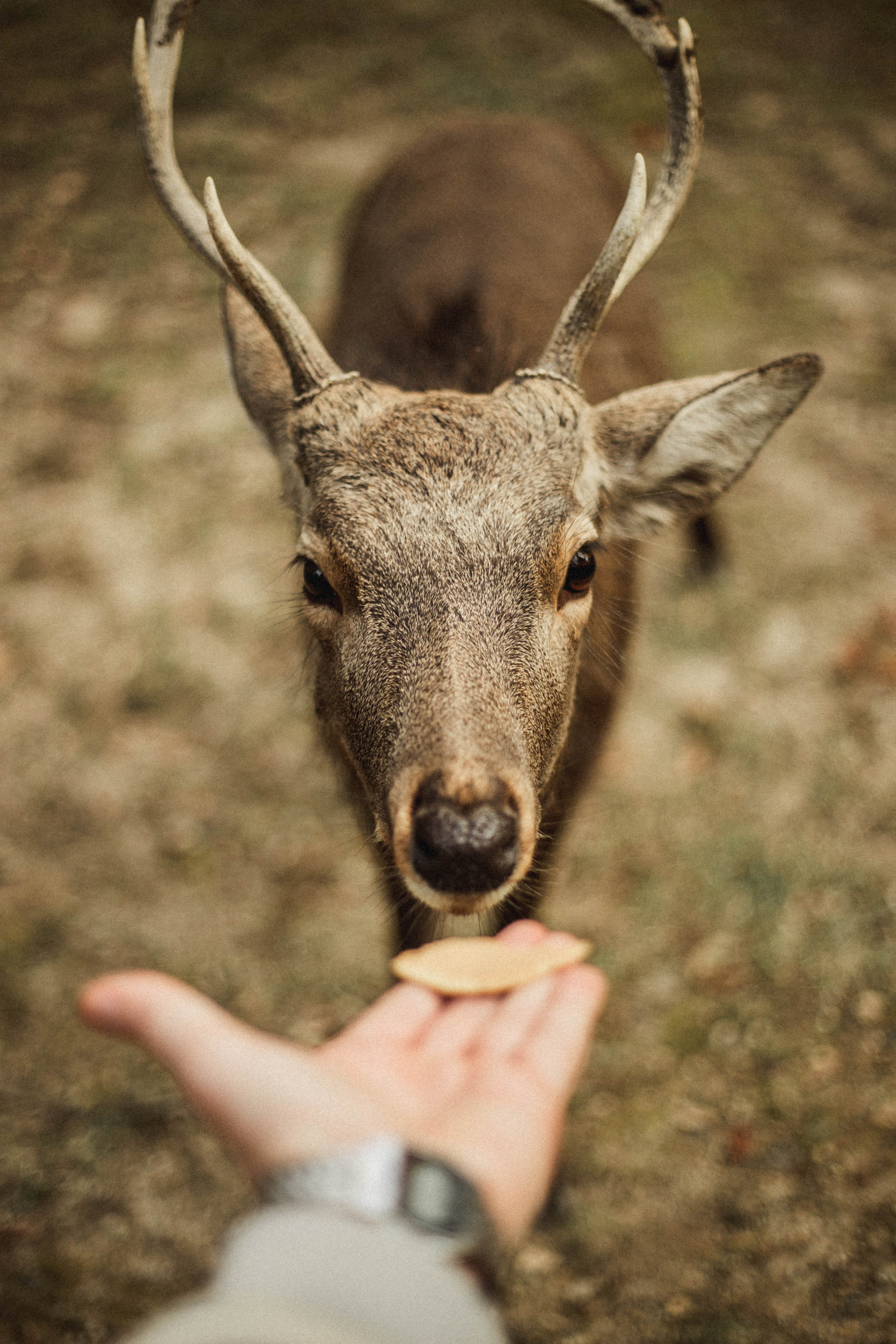March 10, 2023
Climate Change is Fueling More Conflict Between Humans and Wildlife
Book a Demo
As climate change continues to reshape our planet, its effects are increasingly felt in unexpected ways. One of the most troubling consequences is the way in which it is exacerbating human-wildlife conflict. As we continue to encroach upon wildlife habitats and disrupt their natural patterns, we are seeing more and more instances of animals turning to human settlements in search of food and shelter.
According to a recent report by the Society of Environmental Journalists, climate change is a major factor in the growing number of conflicts between humans and wildlife. As weather patterns become more erratic and unpredictable, animals are forced to venture farther from their natural habitats in search of food and water. This puts them in closer proximity to human settlements, leading to an increase in confrontations.
One of the most visible examples of this trend is the growing number of polar bear sightings in Northern communities. As sea ice melts due to rising temperatures, polar bears are being forced to venture further inland in search of food. This puts them in direct conflict with human settlements, where they are seen as a threat to both property and human life.
But it’s not just polar bears that are affected. In many parts of the world, climate change is driving a range of animals – from elephants to monkeys to rats – to move into human habitats. This creates a host of problems for both humans and animals. For humans, it means dealing with crop damage, property destruction, and the risk of animal attacks. For animals, it means increased exposure to disease, traffic, and other human-related hazards.
So, what can be done to address this growing problem? According to a recent study by Mongabay, there are several potential solutions. These include better land-use planning, improved waste management practices, and increased community involvement in conservation efforts. By taking a more proactive approach to managing our natural resources and protecting wildlife habitats, we can help reduce the number of conflicts between humans and animals.
Ultimately, the key to addressing this issue is recognizing that climate change is not just an environmental problem – it is also a social and economic problem. By working together to find innovative solutions that benefit both people and the planet, we can help ensure a brighter future for all.



